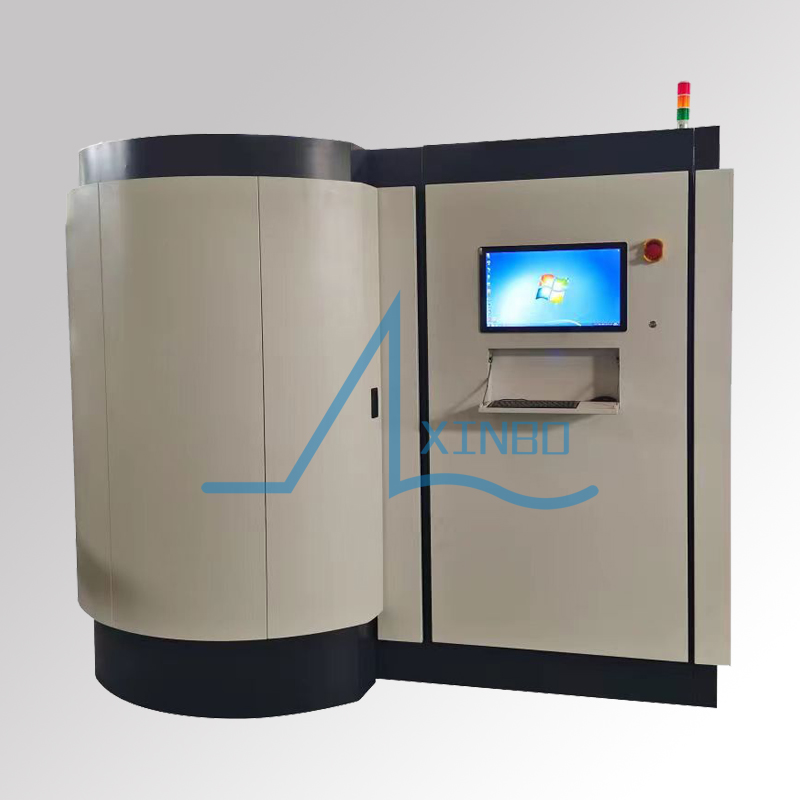How is the measurement and control of film thickness achieved in vacuum coating technology?
In vacuum coating technology,measuring and controlling the thickness of the film is a key step in ensuring the quality of the coating.
1、Measurement method for film thickness
Optical interferometry
This is a commonly used measurement method.The principle is based on the interference phenomenon of light.When a beam of light shines on the surface of a thin film,some of the light is reflected,and some of the light passes through the film and is reflected again at the interface between the substrate and the film.These two reflected beams interfere.Determine the thickness of the film by detecting changes in interference fringes.For example,in the plating of multi-layer optical films,using equipment such as Michelson interferometers,the thickness of the film can be measured with nanometer level accuracy based on the correspondence between the movement of interference fringes and the thickness of the film.
Quartz crystal microbalance method(QCM)
Its core component is quartz crystal.During the coating process,a thin film is deposited on the surface of the quartz crystal,and an increase in the quality of the film can cause a change in the resonant frequency of the quartz crystal.Based on the known relationship between frequency variation and film quality(thickness),the film thickness can be calculated.This method is particularly effective for measuring very thin films,such as those deposited by atomic layers,and can monitor changes in film thickness in real time with fast response speed and high accuracy.It is widely used in fields such as semiconductor chip manufacturing.

The profilometer scans the surface of the coated sample through mechanical probes or optical scanning to obtain surface contour information.Determine the thickness of the film by analyzing the difference in surface height of the sample before and after coating.It can measure the average thickness of thin films over a large area,but for samples with uneven surfaces,the measurement accuracy may be affected to some extent.It is commonly used for measuring thin films that do not require high thickness accuracy.
Vacuum coating
2、Control method of film thickness
Time control method
This is a relatively simple control method.Given the known coating rate,the film thickness can be controlled by controlling the coating time.For example,if the deposition rate of aluminum plated film is fixed,to obtain a certain thickness of film,the required coating time can be calculated according to the formula(thickness=deposition rate x time),and then the coating time can be strictly controlled to achieve the expected film thickness.
Rate control method
Control the film thickness by monitoring and controlling the deposition rate during the coating process.Some vacuum coating equipment can monitor the deposition rate in real time.For example,when using ion beam sputtering coating,the sputtering rate can be controlled by adjusting parameters such as the energy and current of the ion beam,thereby controlling the growth rate and thickness of the film.At the same time,combined with a feedback control system,the deposition rate is dynamically adjusted based on the difference between the measured film thickness and the target thickness to achieve film thickness control.
Optical monitoring method
Real time monitoring of optical parameters such as intensity and phase of reflected light during the coating process using optical monitoring equipment,such as a light reflectometer.These parameters are closely related to the film thickness,and when the film thickness reaches the target value,the optical parameters will undergo corresponding changes.By setting the threshold of optical parameters,the coating process is stopped when the monitored parameters reach the threshold,thereby achieving control of film thickness,which is widely used in high-precision optical film coating.
 0769-81001639
0769-81001639
